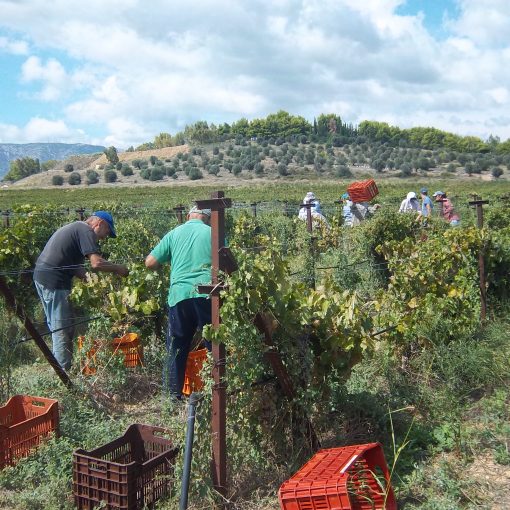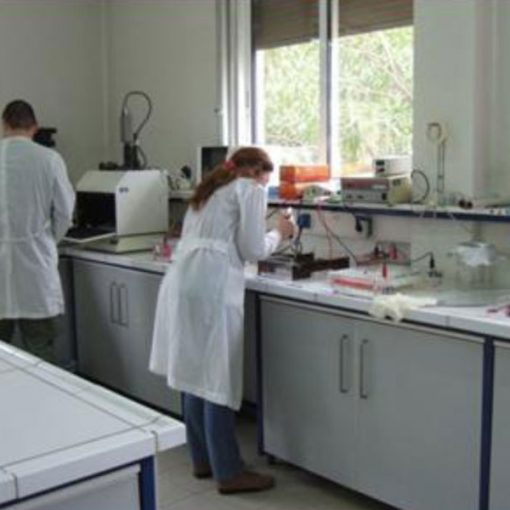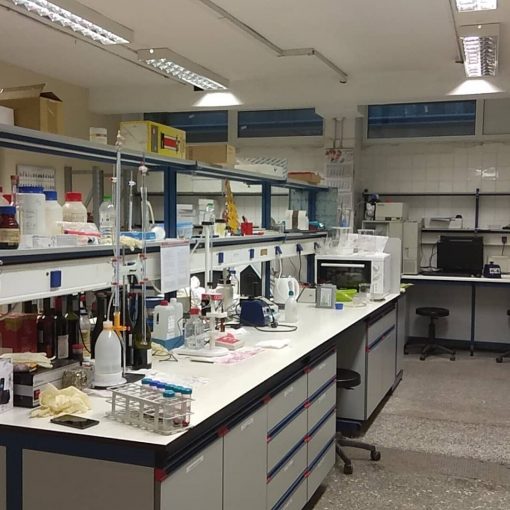Collectiveness, Quality, Authenticity, Sustainability
The Union of Santorini Cooperatives, SantoWines was founded in 1947. Today, it
consists of the largest organization of the island representing all the
cultivators and counting 1.200 active members. SantoWines is committed to
safeguarding the local traditional cultivations , producing highest quality Protected
Designation of Origin (PDO) Santorini wines and products as well as promoting
sustainable agriculture development.
SantoWines’
R&D invests in the ongoing development of cultivation and vinification
techniques, while it aims at the preservation of the biodiversity through the
operation of a nursery of autochthonous varieties, a solid base for study and
trial cultivation of local grapes.
The traditional cultivations of the farmers-members of our cooperative,
guarantee the authenticity and the premium quality of our products.
The promotion of all Santorini products is the most important mission of the
Cooperative.PDO Santorini
wines, PDO Santorini
Tomato, PDO Santorini
Fava, capers, caper leaves, as well as local sweet preserves, like tomato or
Koufeto belong to the wide range of the Santo products of pure Santorini taste
that is available for everyone to enjoy !
Registry Νumber at the National Record of Rural Cooperatives: Νο. 1202007
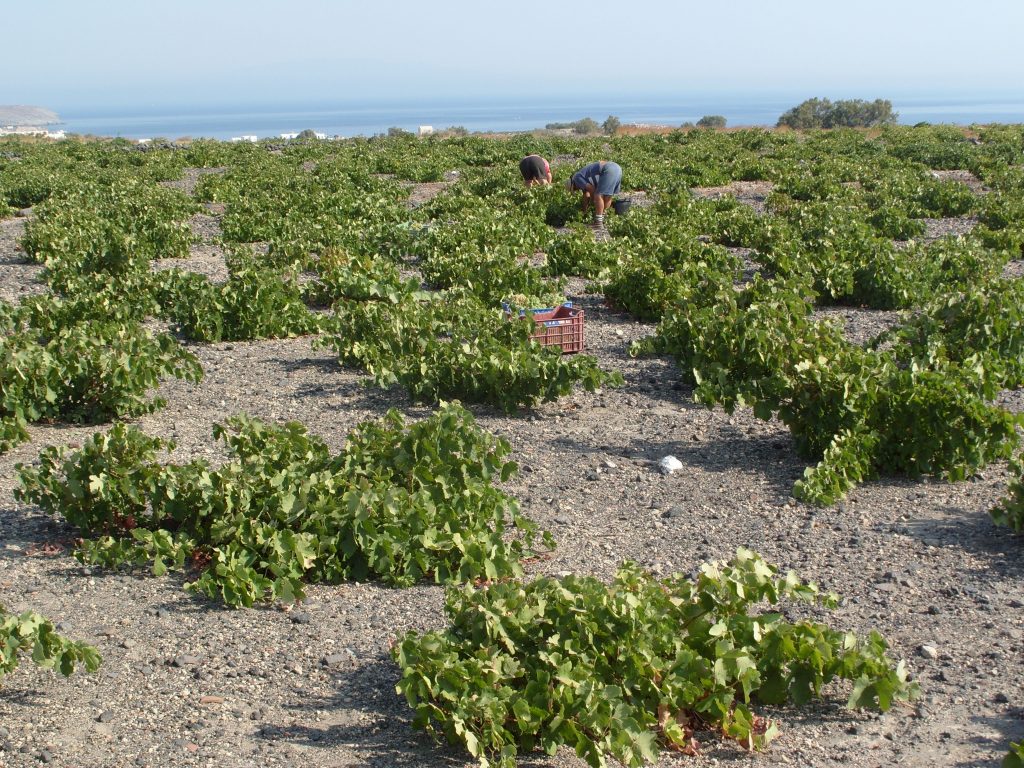
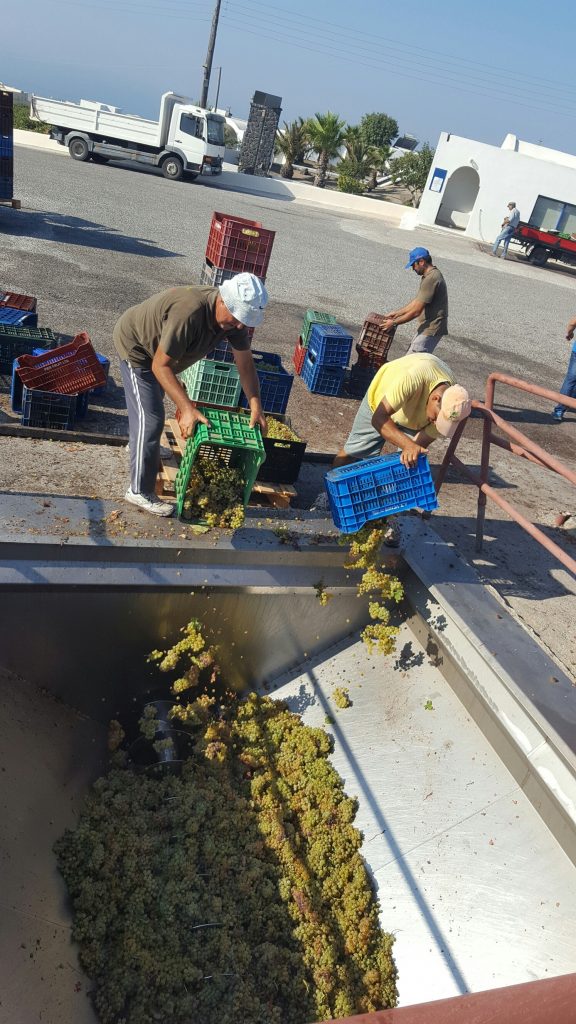
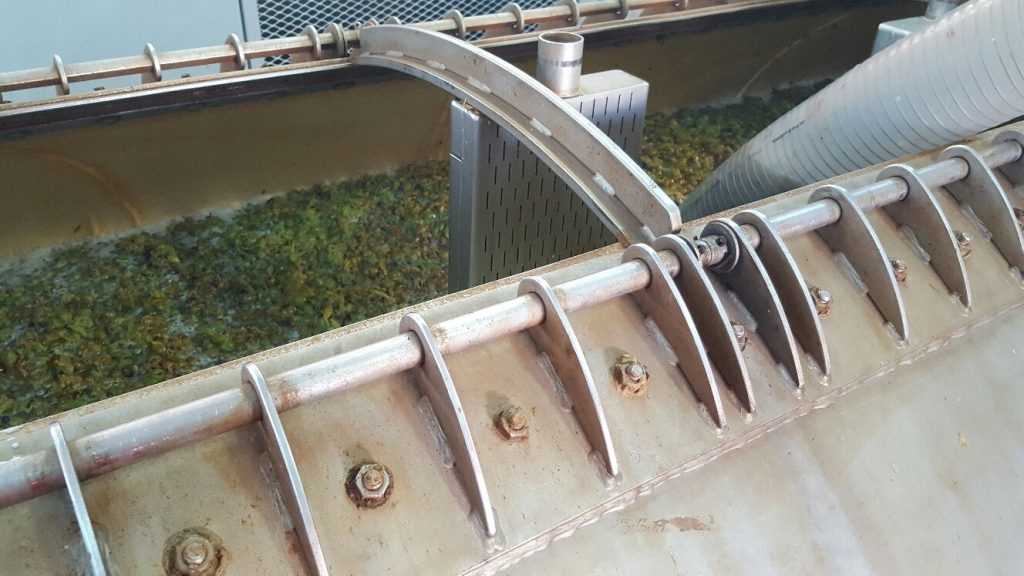
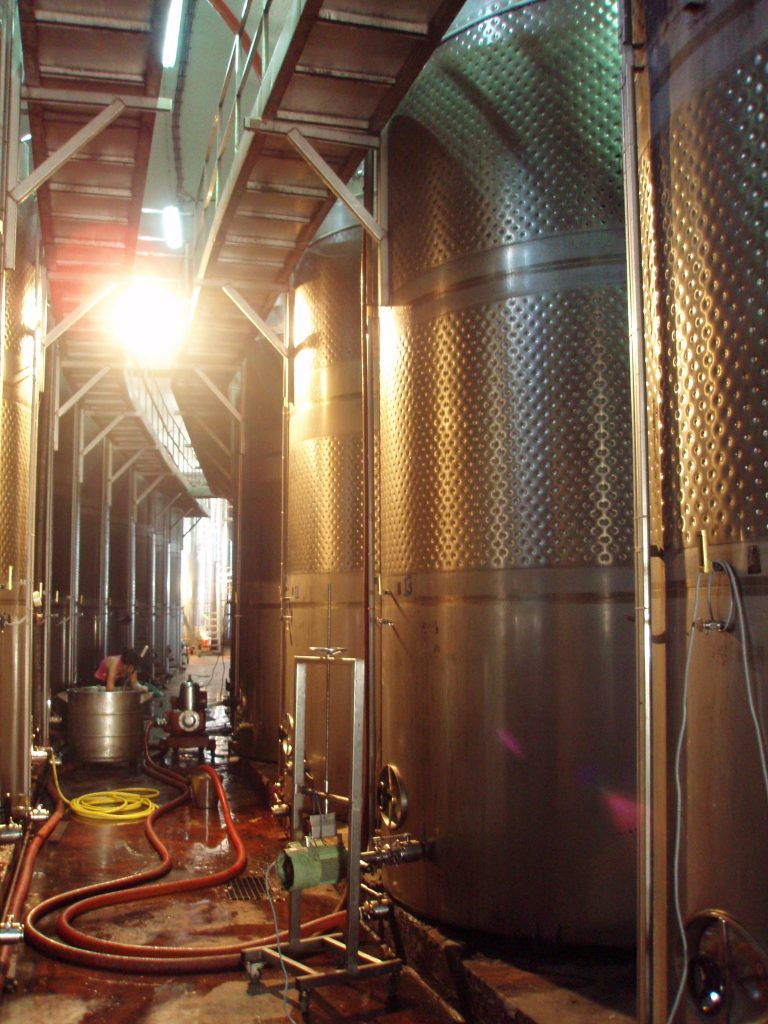
OLYMPUS DIGITAL CAMERA 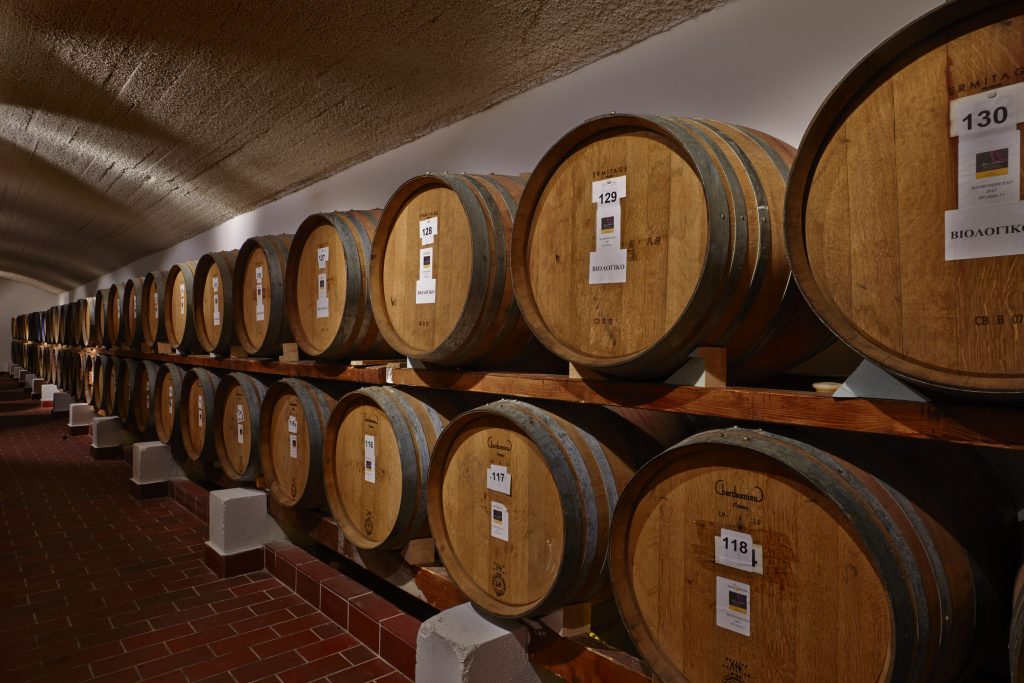
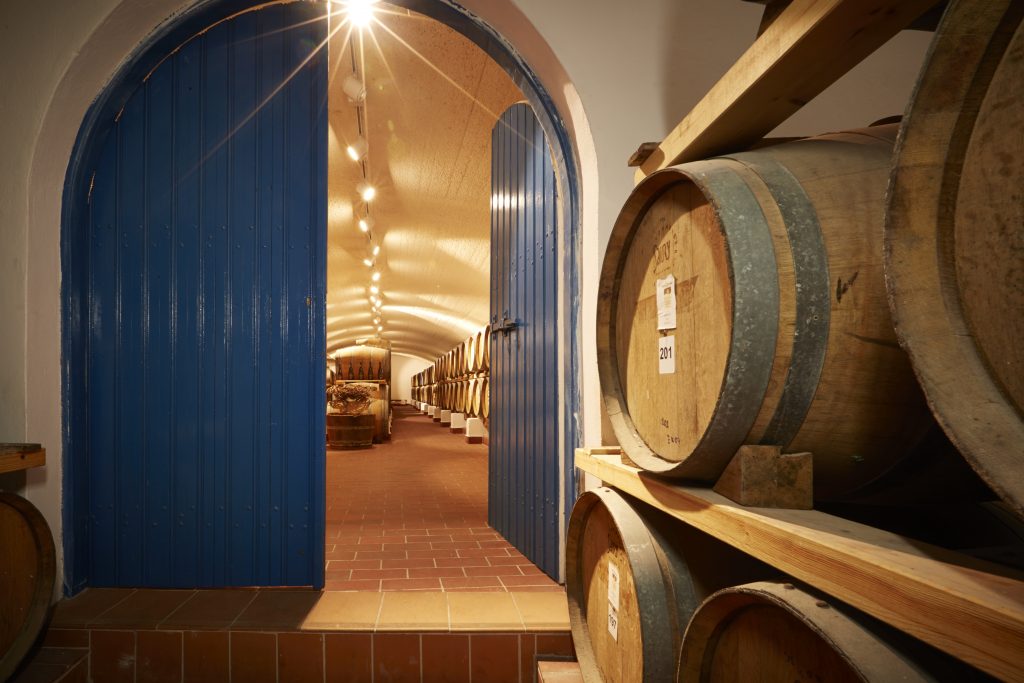
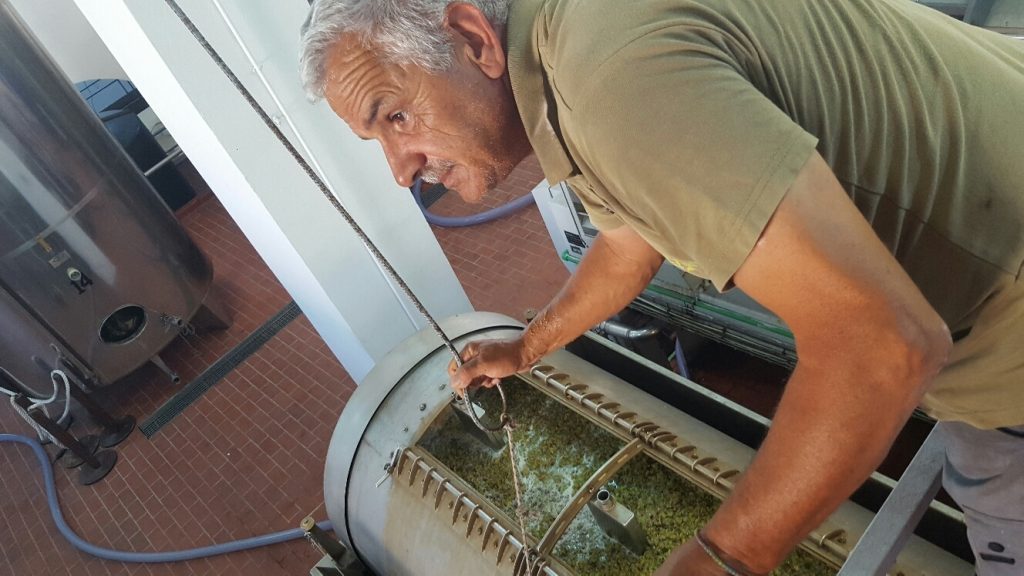
THE CONTRIBUTION OF SANTO WINES UNION TO THE OENOVATION PROJECT
“Exploitation of new natural microbial flora from Greek origin amenable for the production of high-quality wines”
Santo Wines Union participates in the research project Oenovation and more specifically in research units 1, 4 and 5.
Research Unit 1 is divided into two main actions: a) isolation of new yeast strains, and b) molecular characterization and attribution of oenological characteristics to the “new” yeast strains.
Action 1.1: Isolation of new yeast strains.
Deliverables:
1.1: A record of yeast strain collection including, among other data, geographic coordinates, vine variety, part of vine plant sampled and sampling dates.
Research Unit 4 is divided into two main actions. Micro-vinifications using selected yeast strains of white and red grapes which will be followed by organoleptic check and tastings.
Deliverables:
- 4.1.1: Chemical analysis of wines (focused on their phenolic and volatile substances which are responsible for their organoleptic traits),
- 4.1.2: Yeast strains selection based on their ability to produce wines with improved quality characteristics.
- 4.2: Evaluation of the wines produced using the “selected” yeast strains
Research Unit 5 is also divided into two main actions: one concerning large-scale vinification, and one concerning the research of market trends.
Deliverables:
5.1.1: The product of large-scale vinification
5.1.2: report files
5.1.3: Results of product marketing
